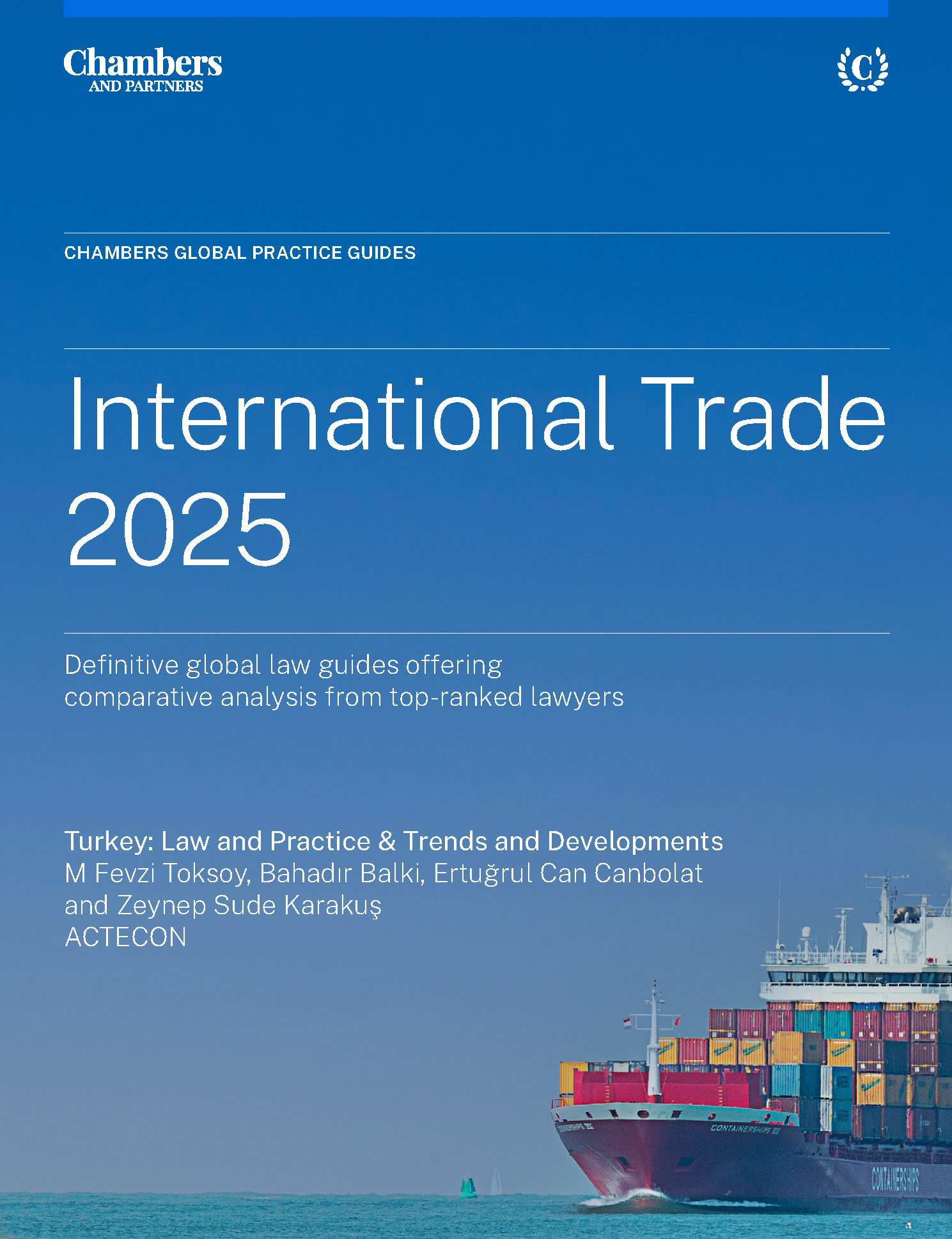The Spanish Competition Authority initiates second-phase examination in connection with an acquisition of a white cement production base (Çimsa/Cemex)
| Competition Law

The Spanish Competition Authority initiates second-phase examination in connection with an acquisition of a white cement production base (Çimsa/Cemex)
Article by Bahadır Balkı, Nabi Can Acar, Burak Buğrahan Sezer
Çimsa Çimento ve San. ve Tic. A.Ş. (“ Çimsa ”), a Turkey based international cement manufacturer has made a notification to the National Commission on Markets and Competition (“ CNMC ” in Spanish) on 05.06.2019 for its agreement with CEMEX S.A.B. de C.V (“ Cemex ”), aimed to purchase Cemex’s Buñol Plant located in Valencia, Spain which is a significant white cement production base in European Economic Area (“ EEA ”).
The CNMC, published a press release on 31.07.2019 [1] regarding the initiation of a second phase examination with respect to the transaction between Çimsa and Cemex. In the result of the CNMC’s first phase analysis, it was concluded that the transaction is likely to have effects on the competition in the national market of “manufacture and sale of white cement” and “upstream market of clinker for the production of white cement”. CNMC, on its press release; based its decision on the necessity of an in-depth analysis of the possible restrictions on the competition in the said markets. CNMC emphasized the significance of determining the geographical market since the effects and restrictions on the competition stem from the transaction may vary based on the geographic market denitions. Therefore, it is stated that the geographic market must be determined whether it is a national or a broader geographical market.
European Commission (“ Commission ”) with its past decisions, was of opinion that the geographic market definition regarding the white cement market is; “at least an EEA-wide market”. Indeed, in the Lafarge / Blue Circle (II) decision dated 01.03.2001 and numbered M.2317; the Commission stated the following regarding the definition of geographic market:
“The notifying party argues that white cement constitutes a separate product market from grey cement because it is used for different purposes, is produced in much more limited quantities, and is significantly more expensive; they argue that the relevant geographic market is at least EEA-wide since it is produced in a limited number of Member States from which it is shipped throughout the EEA and beyond. The Commission’s investigation has confirmed that these market definitions are appropriate for the purpose of assessing the current transaction.”
However, aside from the Lafarge / Blue Circle (II) decision, the Commission drew attention to the possibility to make national market definitions with respect to white cement product in its Heidelbergcement /Italcementi decision dated 26.05.2016 and numbered M.7744:
“The Commission has in the past considered that the geographic scope of the market for white cement is at least EEA-wide while in a more recent case the Commission left open whether smaller geographic markets, such as national markets, could be considered as well.
(…)
Respondents to the market investigation indicated that, due to its higher costs per ton, customers might be able to source to a certain extent white cement across the EEA and in some cases even elsewhere. Turkey, Tunisia, Egypt, Lebanon and Algeria were mentioned as potential import countries. However, the Parties' sales of white cement are delivered in most cases up to a distance from their own plants between approximately [...] and […] km [less than 750 km], and in the majority of deliveries not throughout the entire EEA. Furthermore, internal documents of the Parties show how white cement sales to distant EEA countries would be constrained by transport costs. In this regard, the majority of customers responding to the market investigation indicated that they source their white cement needs from production plants located at less than 600 km distance.
The Commission considers that while these considerations would suggest that white cement market is likely not EEA-wide, the geographic market definition can be left open as such segmentation would have no impact on the outcome of the competitive assessment in the different markets.”
Besides the CNMC’s concerns regarding the definition of geographical market, it has also been evaluated that the transaction bears a risk of increasing the prices since the market already has limited number of players and with the transaction the concentration will increase which would result in greater bargaining power for manufacturers compared to their customers. In addition to the aforementioned issues, the CNMC stressed that it concerns with respect to the vertical overlap in the market for the manufacture and sale of clinker (used in the production of white cement). CNMC evaluates that the transaction may restrict the competition in the white cement market as well as in the upstream clinker market.
In conclusion; CNMC is to examine the competitive results of the transaction concerning the acquisition of white cement production plant by Çimsa from Cemex. This investigation is of importance since CNMC will take a deeper look into the commercial flow and competitive structure of white cement market and the most importantly answer the question left open by Commission via resolving whether white cement product consists of nation-wide geographic market or a bigger one.
[1 ]







